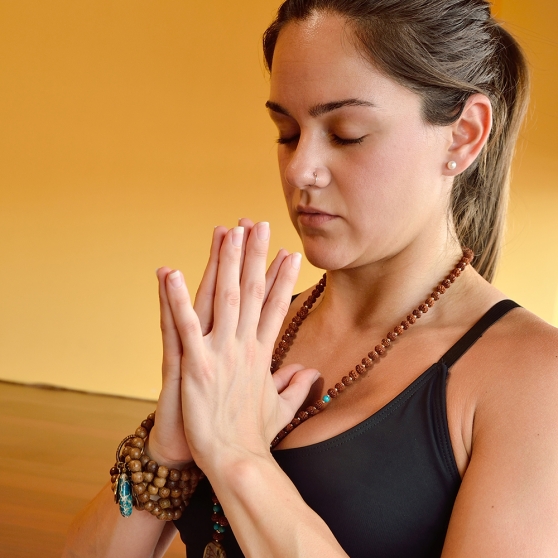Keep Calm and Meditate On
Staying focused can be one of the most difficult elements of meditation, but it’s also the most important. Put down your to-do list and free your mind of worries and distractions. You can do this by focusing on an object, image, mantra (a repeated word or sound) or your breathing. Relaxed breathing is also crucial to mediation. You want to breathe deeply and evenly through your diaphragm. The purpose of this is to take in more oxygen and reduce the use of the shoulder, neck and upper chest muscles while you’re breathing. A quiet setting can also be a very important element of mediation — especially when you’re beginning. With practice, you may be able to meditate anywhere. When you first start, find a quiet spot with few distractions. That means turn off the TV, radio and your cell phone. Then find a comfortable position to practice. It doesn’t matter whether you sit or lay down, as long as you’re comfortable.
Mayo Clinic, "Elements of meditation" RxWiki, "Meditation: Strength Training for the Brain" Mayo Clinic, "Meditation: A simple, fast way to reduce stress" NIH, "Meditation: What You Need To Know" Project-Meditation.Org, "Positive Effects of Meditation" Image courtesy of Olesia Bilkei | Dreamstime.com Image courtesy of Rawpixelimages | Dreamstime.com Image courtesy of Timothyoleary | Dreamstime.com Image courtesy of Guniita | Dreamstime.com Image courtesy of Kiosea39 | Dreamstime.com Image courtesy of Hongqi Zhang (aka Michael Zhang) | Dreamstime.com Image courtesy of Wavebreakmedia Ltd | Dreamstime.com Image courtesy of Tadasp | Dreamstime.com Image courtesy of Peshkova | Dreamstime.com

